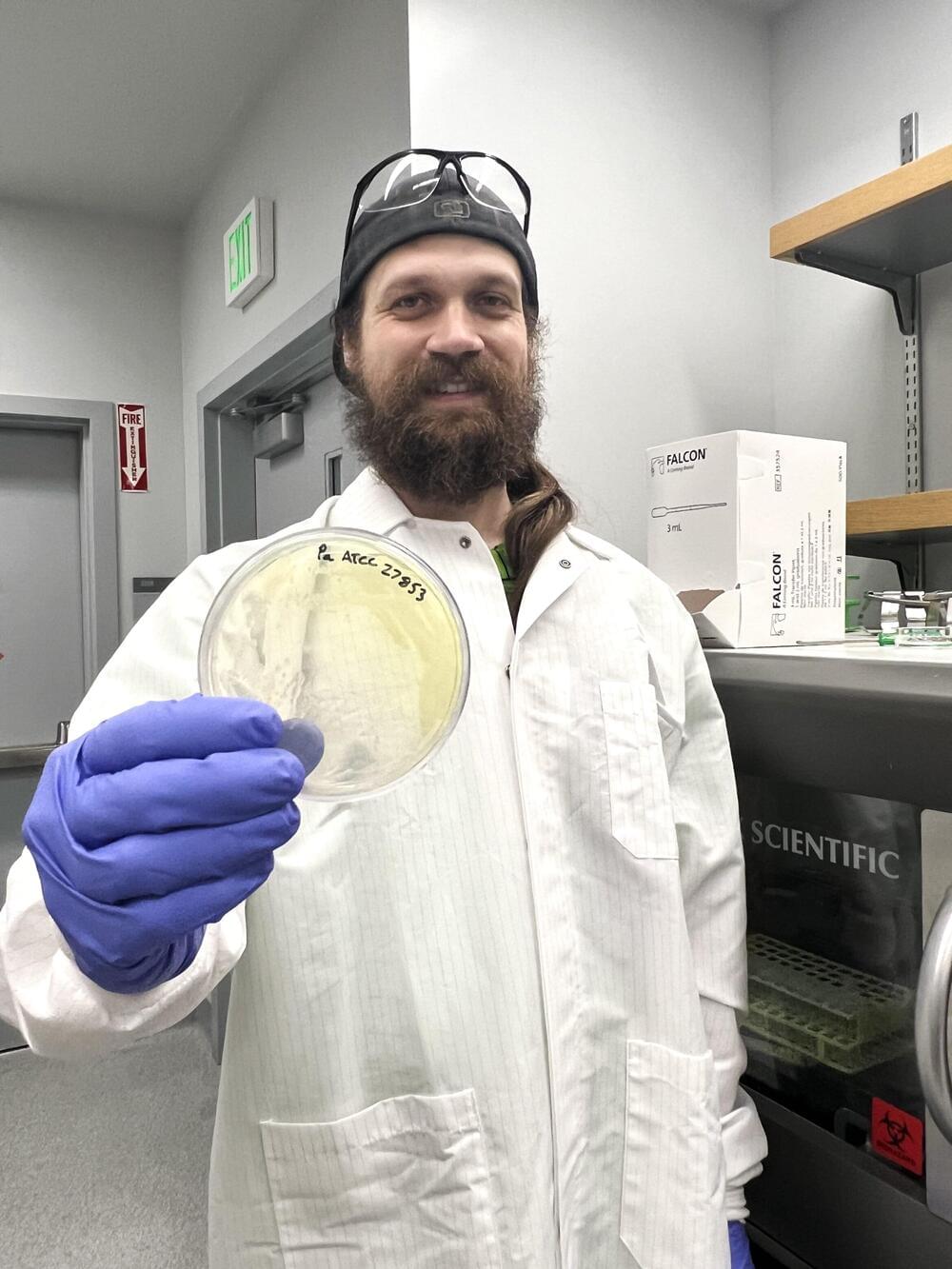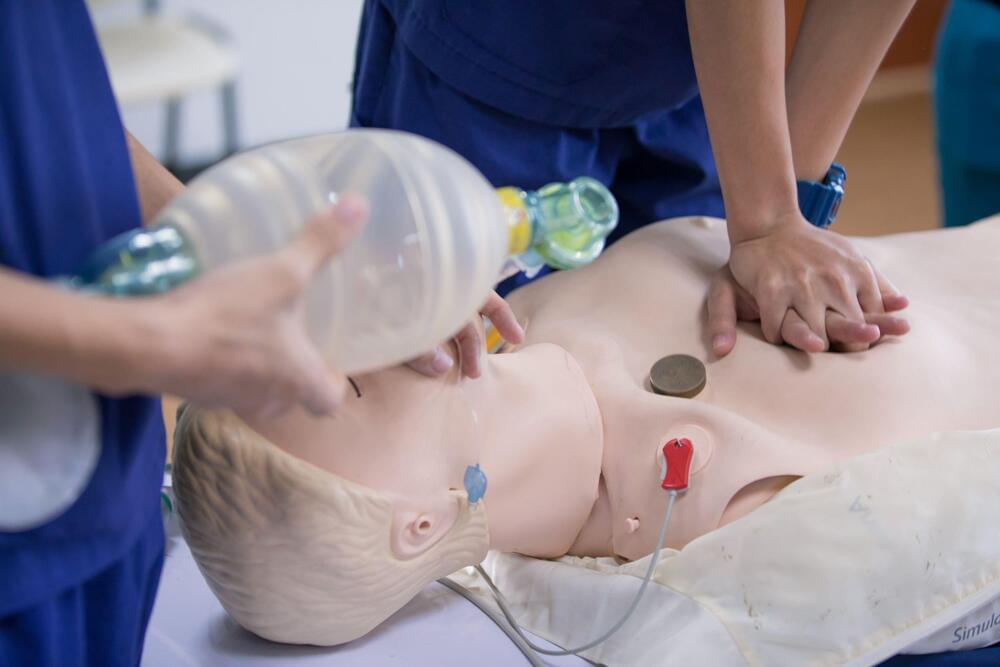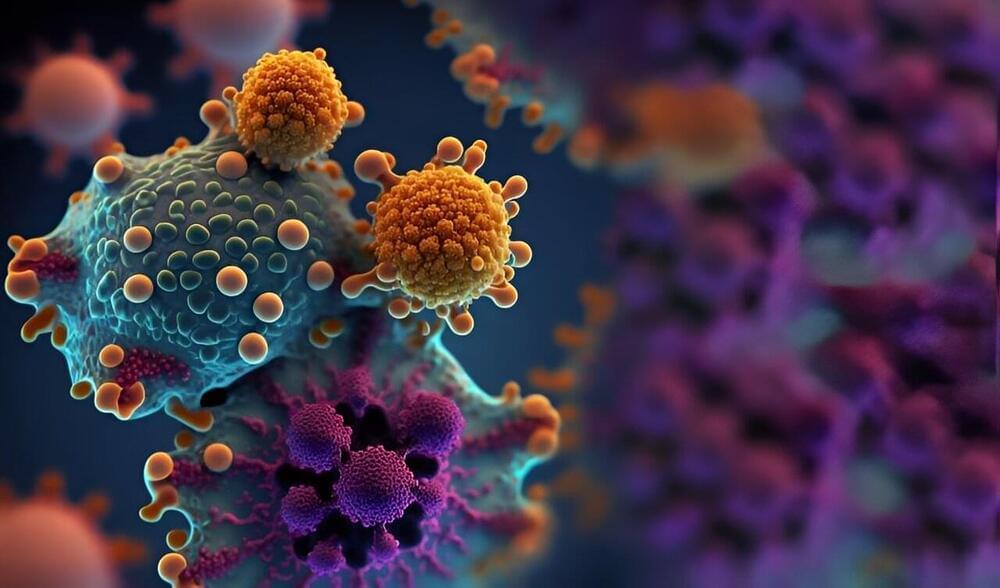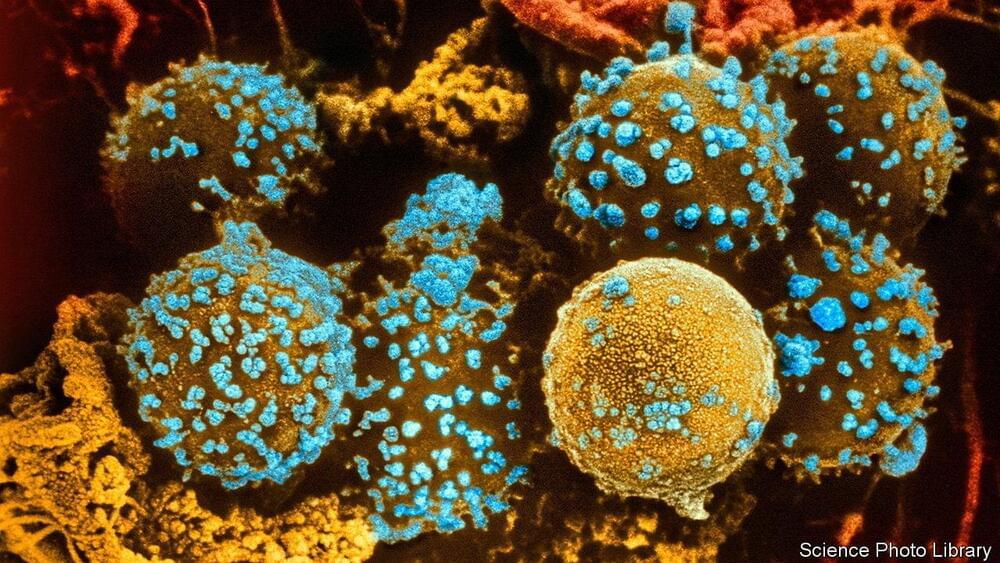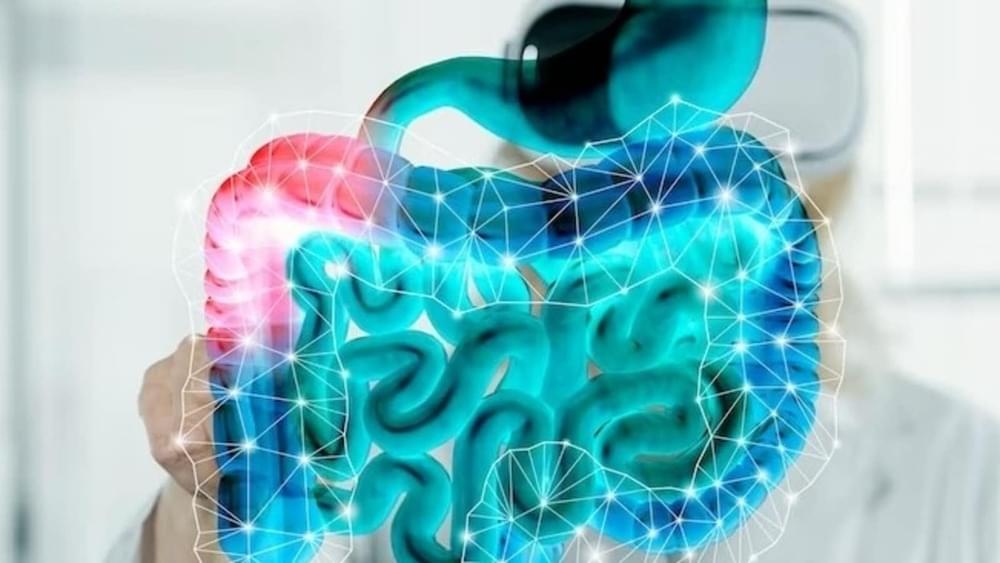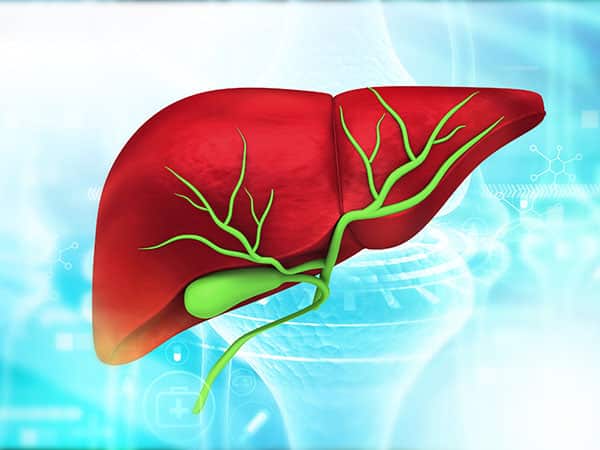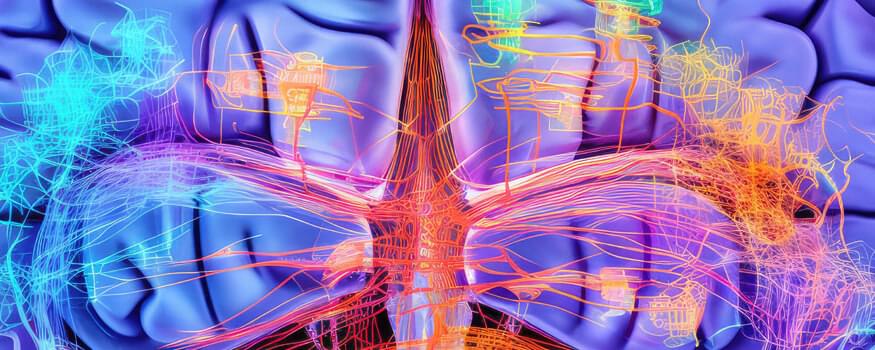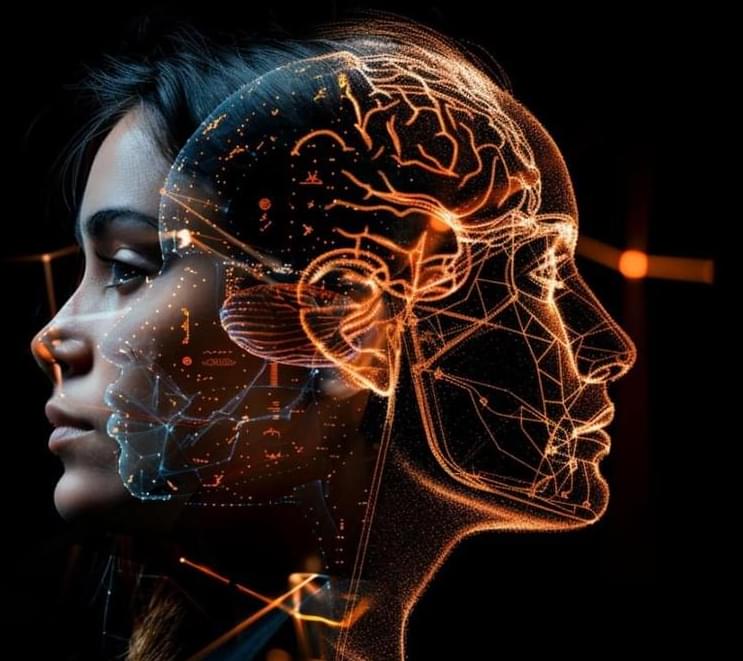Feb 22, 2024
Researchers develop molecules for a new class of antibiotics that can overcome drug resistant bacteria
Posted by Genevieve Klien in category: biotech/medical
About a decade ago, researchers in UC Santa Barbara chemistry professor Guillermo Bazan’s lab began to observe a recurring challenge in their research: Some of the compounds they were developing to harness energy from bacteria were instead killing the microbes. Not good if the objective of the project was to harness the metabolism of living bacteria to produce electricity.
“We needed the bacteria to be alive,” said Alex Moreland, a Cystic Fibrosis Foundation Postdoctoral Fellow who joined the Bazan research group as a graduate student in 2014, and currently works at UCSB’s Center for Polymers and Organic Solids. “While we were developing new molecules for that application, we found that some of them didn’t work because they were killing the bacteria.”
However, instead of brushing it off as a rather annoying laboratory curiosity, in subsequent research the team leaned into the apparent antimicrobial properties of these compounds, called conjugated oligoelectrolytes (COE). Fast-forward to today, and they now have the basis for a new class of antibiotics, one that not only shows promise against a broad array of bacterial infections but can also evade the dreaded resistance that has been rendering our current generation of first-line antibiotics ineffective.
